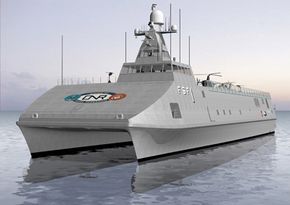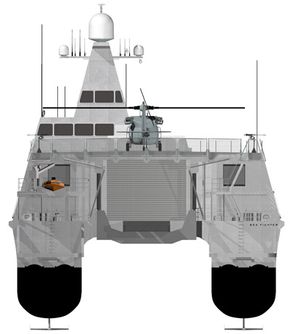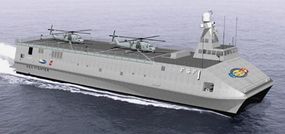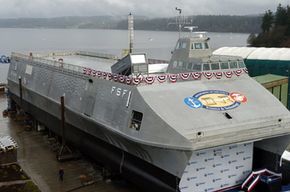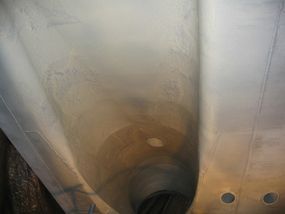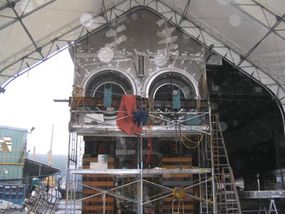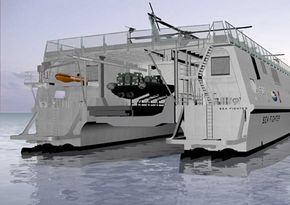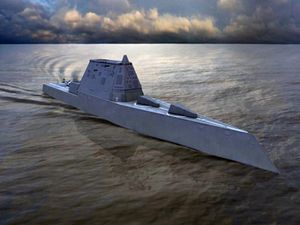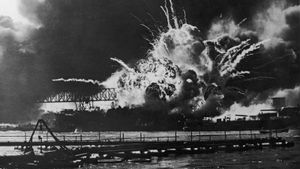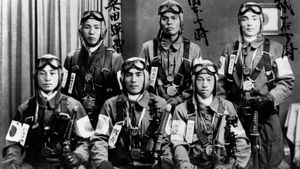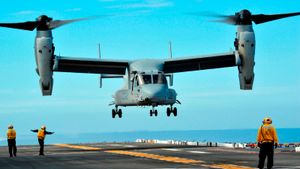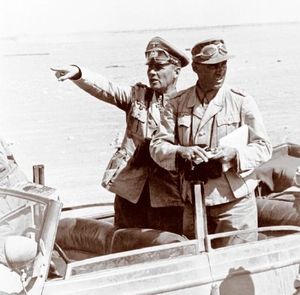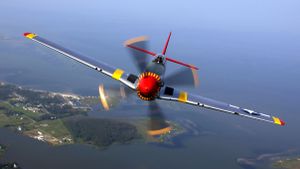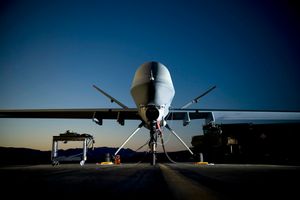In the changing and shrinking global landscape of the 21st century, international militaries must alter their weaponry to combat a new breed of enemies. Historically, naval warships were massive, floating fortresses designed to face off with enemy ships in the open sea or bombard an enemy's coastline from miles offshore. Today, the threat of a more guerilla-style warfare is forcing nations to develop faster, more flexible ships.
Advertisement
In February 2005, the U.S. Navy christened the FSF-1 Sea Fighter, formerly known as the X-Craft. The Sea Fighter is a high-speed, experimental vessel that will test a variety of technologies, including the ability to operate in shallow waters near shore amid mines and small suicide boats.
In this article, we'll take a look at this revolutionary new warship and the technologies that could permanently alter sea warfare.
Advertisement
